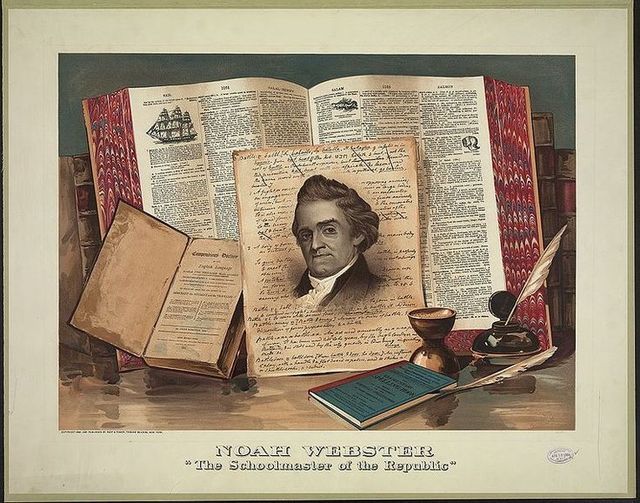Thirty Years’ War: Forces of the Holy Roman Empire and Electorate of Saxony are defeated by the Swedes at the Battle of Chemnitz, ending the military effectiveness of the Saxon army for the rest of the war and allowing the Swedes to advance into Bohemia
The Thirty Years’ War was a protracted and highly destructive conflict that took place in Central Europe from 1618 to 1648. It primarily involved the Holy Roman Empire, along with several major European powers, and is often characterized as one of the most devastating wars in European history.
Origins and Causes: The war began as a conflict between Catholic and Protestant states in the fragmented Holy Roman Empire, which escalated into a more general political struggle for European dominance. Initial sparks were related to religious tensions, including the Defenestration of Prague in 1618, where Protestant nobles threw two Catholic regents out of a castle window, triggering the Bohemian Revolt.
Major Phases:
Bohemian Phase (1618-1625): The war started with the Bohemian Revolt, leading to the Battle of White Mountain where the Catholics defeated the Protestant Bohemians.
Danish Phase (1625-1629): Marked by the intervention of King Christian IV of Denmark, supporting the Protestant cause, but ended in a decisive Catholic victory.
Swedish Phase (1630-1635): Saw the entry of Sweden under King Gustavus Adolphus, who supported the Protestant forces, bringing initial success but ultimately leading to mixed outcomes.
French Phase (1635-1648): Involved France under Cardinal Richelieu, who, despite being Catholic, opposed the Habsburgs (rulers of both Austria and Spain) to prevent Habsburg dominance in Europe.
Impact and Legacy:
Devastation: The war caused widespread devastation across Germany, resulting in significant loss of life and economic hardship. It’s estimated that the population of the German states was reduced by about 20-40% due to military casualties and famines.
Political Changes: The war led to significant shifts in power among European states, diminishing the influence of the Holy Roman Empire and Spain, while elevating France and Sweden as major powers.
Peace of Westphalia (1648): The war concluded with the Peace of Westphalia, which had profound implications for the political structure of Europe. It recognized the sovereignty of the constituent states of the Holy Roman Empire, established the modern nation-state concept, and set a precedent for a new order based on sovereign states governed by international law.
The Thirty Years’ War remains a critical event in European history, significantly influencing the political and social landscape of the continent. Its conclusion laid the groundwork for modern statecraft and the balance of power in Europe.



